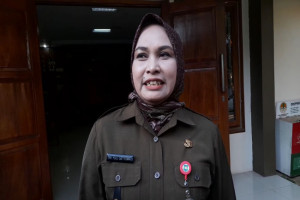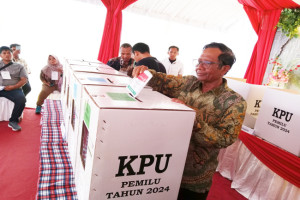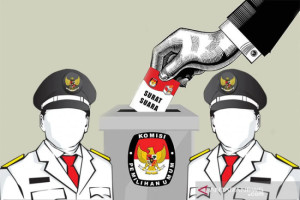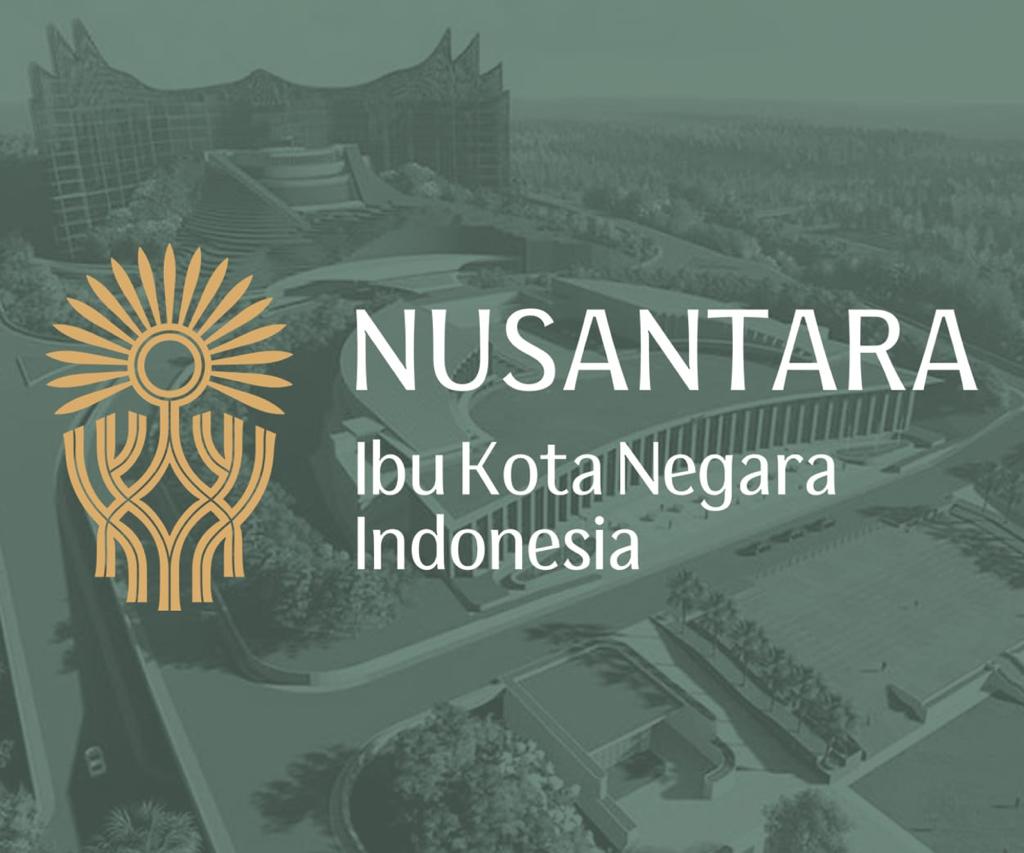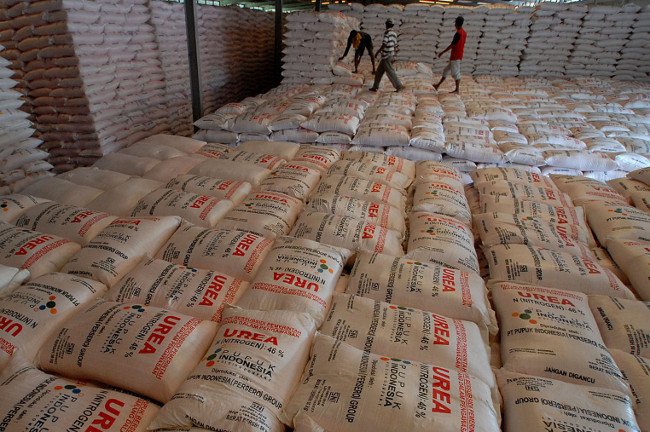
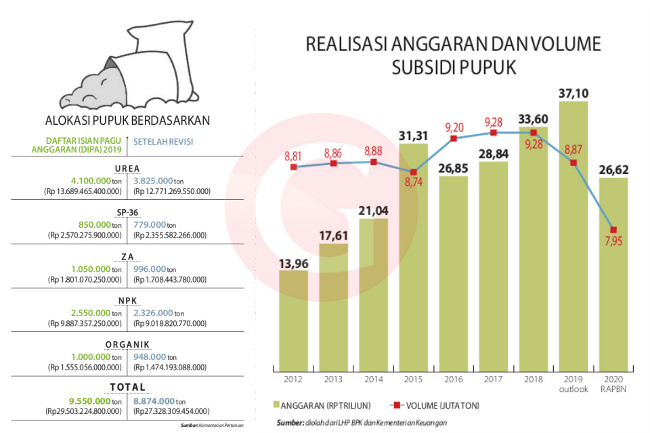
The 2020 State Budget reduces the fertilizer subsidy to Rp26.62tn, the lowest since 2016. Would the trim generate fewer food crops?
Upon several meetings with different ministries and institutions, on mid 2019 the govt has agreed to revise the budget for fertilizer subsidy. Previously, based on listed needs on fertilizer created by farmer, or so called the Definitive Plan of Group Needs (DPKK), the demand for fertilizer subsidy reached Rp9.55m tons in 2019.
However, Statistics Indonesia (BPS) has noted a shrink in farm acreage. According to a decree by the Ministry of Agrarian and Spatial Affairs in 2018, the national farm acreage base has shrunk to only 7.1m hectares, a reduction by 689,519 hectares since 2013..
The reduction in farm acreages has resulted in the reduced volume of subsidized fertilizer, down to only 8.87m tons, which is amounted to Rp27.3tn in the State Budget. Nearly 90% of the fertilizers will be used for rice, while the rest be shared for corn, secondary crops and other plantations.
However, a reduction in the volume of fertilizer does not immediately change the 2019 Budget Implementation List for fertizer subsidy, amounted to Rp29.5tn. In the govt's plan, the added Rp2tn will still be used in a procurement of the reserve of subsidized fertilizer.
A general director in the Ministry of Agriculture, Sarwo Edhy, stated that the Rp2tn equals to 676,000 tons of subsidized fertilizer. “This reserved stocks will be distributed if there is a shortage of fertilizer in the public,” said him to Syah Deva Ammurabi from GATRA.
***
The Ministry of Finance has predicted that this year's state expenses for subsidized fertilizer will balloon up to Rp37.10tn. It exceeds the Budget Implementation List for the related post.
According to the budgetary general director of the Ministry of Finance, Askolani, the projected expense is a total of the budget implementation and repayment of government debt to the executors of fertilizer subsidy, PT Pupuk Indonesia Holding Company, of the recent years, amounting to Rp7tn. “A valuation by the Audit Board,” said him to GATRA.
Corporate communications officer of Pupuk Indonesia, Wijaya Laksana, said that during the implementation of the fertilization subsidy, his company has covered the production cost, down to the distribution to farmers. More often than not, Pupuk Indonesia also borrows from banks to cover up the cost.
Fertilizer subsidies by the govt is a deduction of the highest retail price (HET) and the main production cost (HPP). Every month, Pupuk Indonesia bills it to the govt by showing validated proofs of distribution to the Ministry of Agriculture. By the end of the year, the Audit Board will audit the distribution of the subsidized fertilizer. If the company is short of subsidy fund, said Laksana, the company will bill the state. Otherwise, when there is surplus, excess fund has to be given back to the state.
According to him, the subsidy budget offered to the company refers to the 2017 production cost. “Hence the subsidy debts. Issued by the Audit Board,” said Laksana.
***

During a meeting on the subsidized fertilizer, Vice President Jusuf Kalla questioned the hectare fertilizer base. In his view, the volume of fertilizers required per hectare is around 250kg, while on a calculation by the Ministry of Agriculture, upon every one hectare, there is a demand of 400kg of fertilizer.
However, according to Sarwo Edhy, the debate is over. In his view, a proposal by the ministry is still debatable. “However, the amount is projected upon the farm acreage base, published by the National Land Agency,” said him.
In Edhy's explanation, the subsidized fertilizer is allocated based on the size of farm acreage owned by a farmer. Upon every hectare, a farmer will obtain 200kg of urea, 300kg of NPK Phonska and 500kg of organic fertilizer.
Particular to food crops, land acreage eligible for subsidy is limited to two hectares. Besides that, subsidized acreage in fish cultivation is limited to only one hectare. “For example, if he has only a half hectare, then he will get 100kg of urea, 150kg of Phonska and 250kg of organic fertilizer,” said Edhy.
Dwi Andreas Santosa, a professor in Bogor Agricultural Institute (IPB), said that the data disparage between the Ministry of Agriculture and BPS is resulted from different calculation method. Whereas the ministry use the numbers by farmers (RDKK), BPS uses the land acreage base measured by the National Land Agency.
In Santosa's view, not all subsidized fertilizer is used for rice. Therefore, the subsidy quota cannot be based only on the farm acreage. “A measurement based on farm acreage base results in calculation upon that of rice farmers. How about the horticultural farmers and the rest? They are simply dropped from the equation,” said him.
In the 2020 Draft State Budget, there will be 7.95m tons of subsidized fertilizer. It is the lowest volume in the recent decade. The drafted subsidy is around Rp26.62tn, a 28% drop from Rp37.1tn.
However, this budget trim will not result in a reduced production, given that, said Santosa, “all inappropriate use of fertilizer is being eliminated.” He also suggested that the budget is repurposed as cash for farmers. “The Rp26tn budget needs to reach the farmers completely, without further discount, since they deserve it,” said him.
***
To make sure that all the subsidies are received by the ones who deserve them, the Ministry of Agriculture will verify the farm acreage based on the data of acreage base by the National Land Agency (BPN). If there is farm that receives subsidies, but is not included in the acreage base by the BPN, then the subsidy will be stopped.
Edhy believes that if the BPN correctly measures national farm acreage base, then , there will be no loss in rice production.
On the other hand, the causes of a drop in fertilizer budget in 2020, according to Askolani, are these two. First, a revised farm acreage which results in the trimmed volume of subsidized fertilizer. Second, the 2020 Draft State Budget does not include the repayment bill like in the 2019. Although, according to him, “the fertilizer subsidy in the 2020 Draft State Budget will still be discussed with the parliament.”
Hendry Roris Sianturi



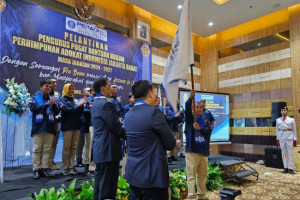
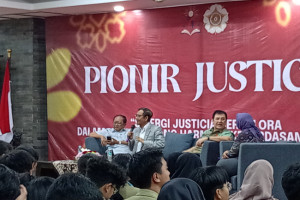
_thumb.jpg)

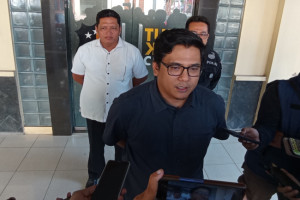
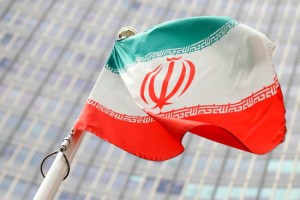
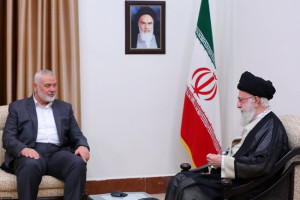
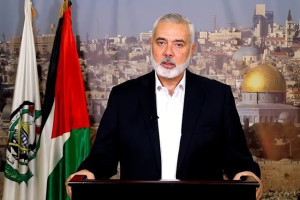
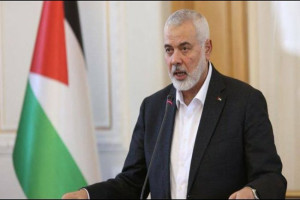

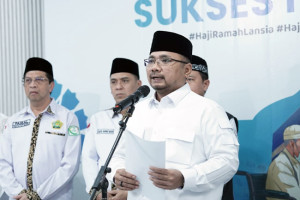
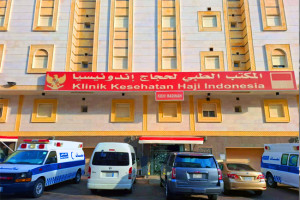
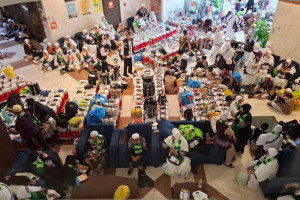
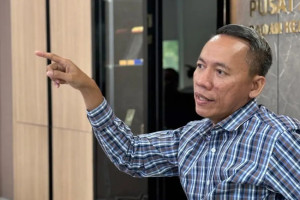
_(1)_11zon1_thumb.jpg)
